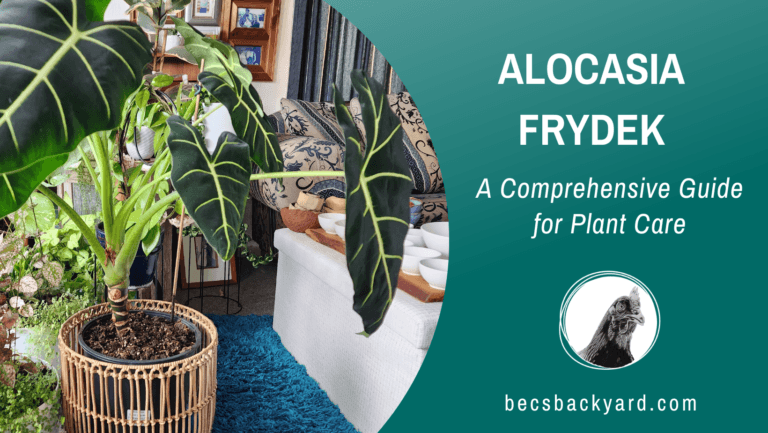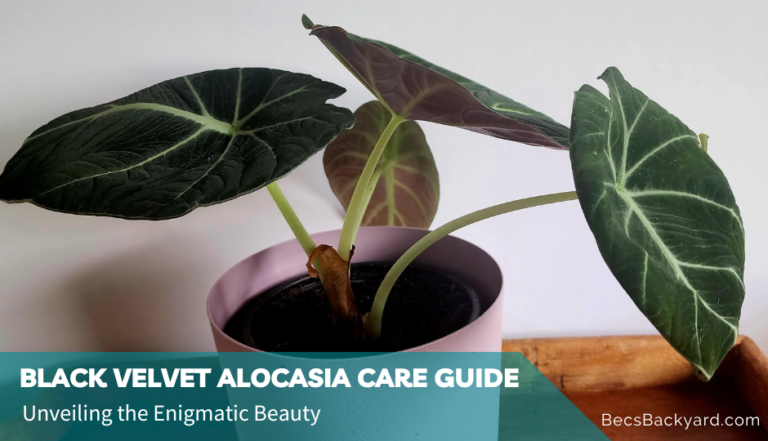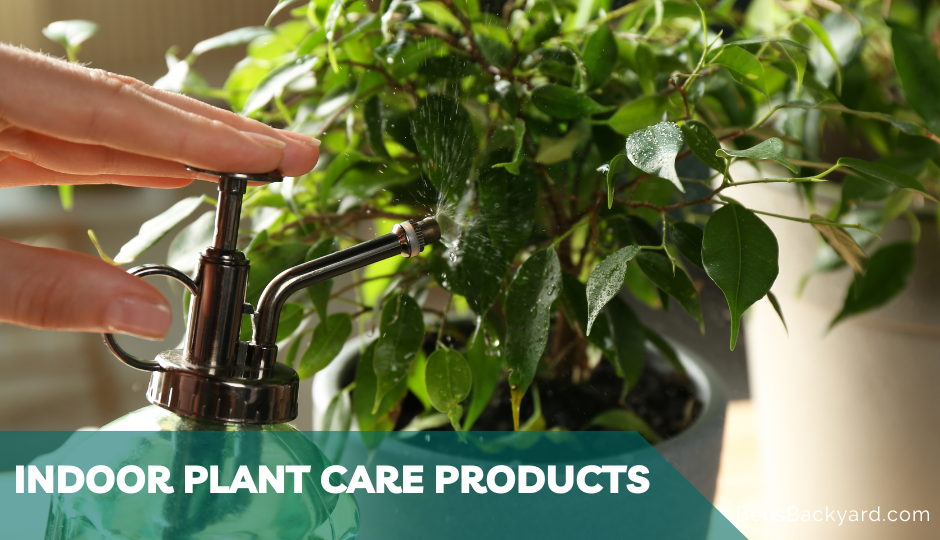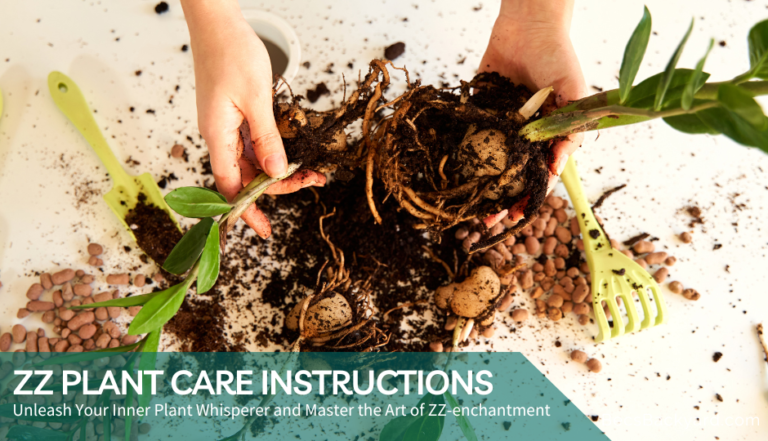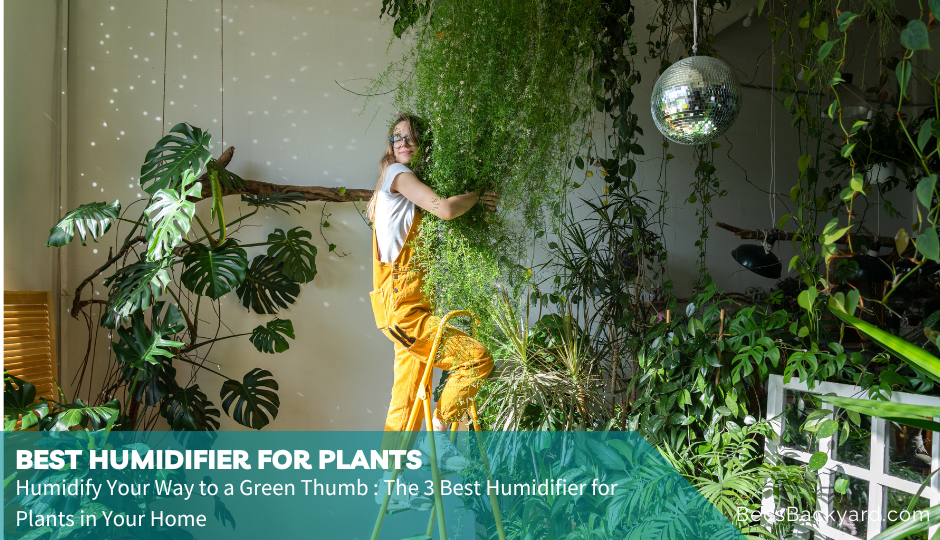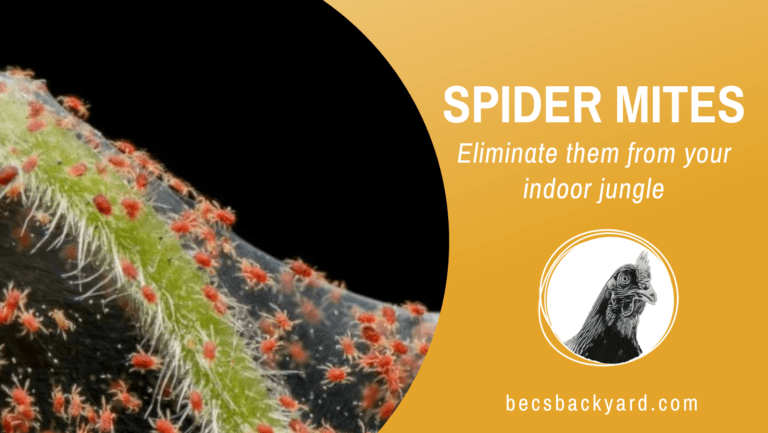Fixing Your Indoor Plant Health
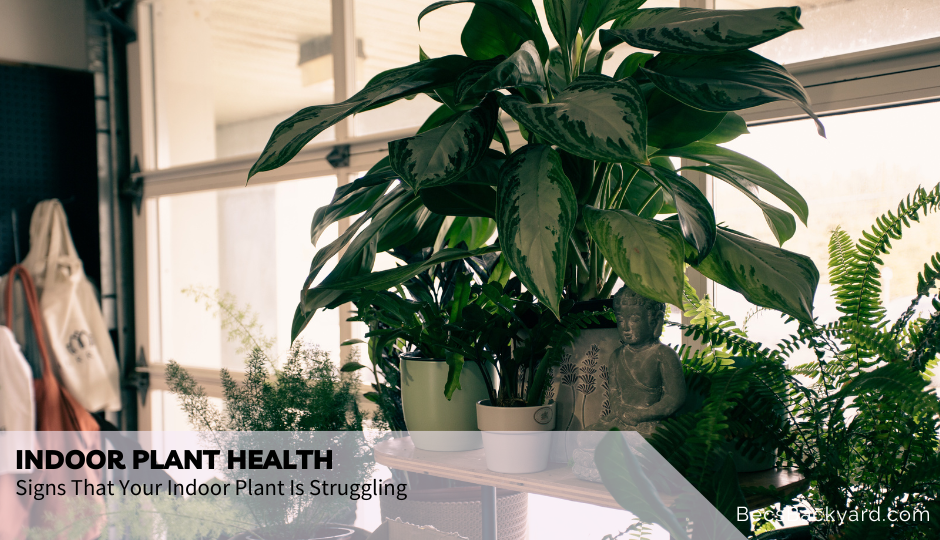
As an admirer and collector of beautiful indoor plants I have experienced how they can not only add beauty and freshness to your home, but they can also be a bit finicky. It’s important to recognize when your indoor plants are struggling so that you can take action and help them thrive. In this post, we will look at Indoor Plant Health, and I’ll share some common signs that your indoor plant is struggling, as well as some causes and solutions.
Common Signs That Your Indoor Plant Health is Poor
Wilting Leaves / Drooping Stems

One of the most obvious signs that your indoor plant is struggling is wilting leaves / drooping stems. If your plant’s leaves are droopy and limp, it may be a sign that the plant is not getting enough water, or that it’s getting too much. Check the soil moisture level and adjust your watering accordingly.
Yellowing Leaves

Yellowing leaves can be another sign that your indoor plant is struggling. This can be caused by a number of factors, including overwatering, underwatering, or lack of nutrients. Check the soil moisture level and consider fertilizing the plant to help it recover.
Brown or Black Spots on Leaves

Brown or black spots on leaves can be a sign of fungal or bacterial infection, or it may be caused by pest damage. Inspect your plant for signs of pests and treat accordingly. If the problem is fungal or bacterial, you may need to remove the affected leaves and improve air circulation around the plant.
Stunted Growth
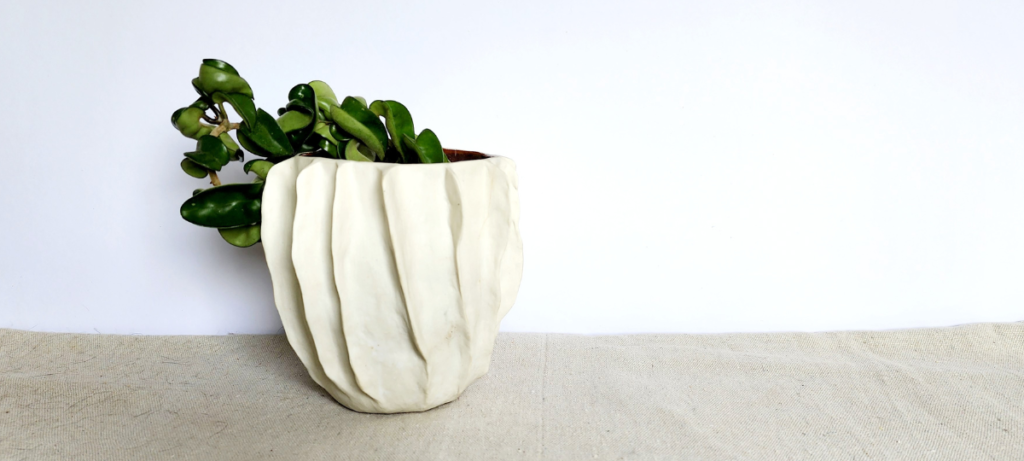
If your plant is not growing as quickly or as robustly as it should be, it may be a sign that it’s not getting enough nutrients or that it’s not getting enough sunlight. Consider fertilizing the plant and providing more light if possible.
Pests or Insects on the Plant

If you notice pests or insects on your indoor plant, it’s important to take action immediately. Some common indoor plant pests include spider mites, mealybugs, and scale insects. You may need to use insecticidal soap or another pesticide to get rid of the pests.
Causes of Poor Indoor Plant Health
Understanding the causes of indoor plant struggles can help you address the problem and prevent it from happening again in the future. Some common causes include:
Overwatering or Underwatering
Overwatering or underwatering can cause a number of problems for indoor plants. Too much water can lead to root rot and fungal growth, while too little water can cause wilting and stunted growth. Check the soil moisture level regularly and adjust your watering habits accordingly. You may also want to consider the humidity levels.
Lack of Sunlight
Most indoor plants need adequate sunlight to thrive. If your plant is not getting enough light, it may become weak and spindly, or it may not grow at all. Consider moving your plant to a sunnier location or supplementing with artificial light.
Poor Soil Quality
Indoor plants need high-quality soil to grow properly. If your plant’s soil is lacking in nutrients or has poor drainage, it may struggle to thrive. Consider repotting your plant in fresh, nutrient-rich soil to help it recover.
Lack of Nutrients
Indoor plants need a balanced supply of nutrients to grow and thrive. If your plant is not getting enough nutrients, it may exhibit stunted growth, yellowing leaves, or other signs of distress. Consider fertilizing your plant with a balanced, slow-release fertilizer to provide it with the nutrients it needs.
Pests and Diseases
Indoor plants can be vulnerable to a variety of pests and diseases, including spider mites, mealybugs, scale insects, and fungal infections. Inspect your plant regularly for signs of pests or diseases, and treat promptly to prevent further damage. When your indoor plant health is poor it makes it more susceptible to pests and diseases.
Solutions for Indoor Plant Struggles
If you’ve identified the cause of your indoor plant’s struggles, there are a number of steps you can take to help it recover. Here are some common solutions.

Adjust Your Watering Habits
If your indoor plant is struggling due to overwatering or underwatering, adjust your watering habits accordingly. Check the soil moisture level regularly and water only when necessary.
Provide Adequate Sunlight
Most indoor plants need adequate sunlight to thrive. If your plant is not getting enough light, consider moving it to a sunnier location or supplementing with artificial light.
Improve Soil Quality
If your indoor plant’s soil is lacking in nutrients or has poor drainage, consider repotting it in fresh, nutrient-rich soil to help it recover. You can purchase premade soil or consider making your own. Here is a very helpful site that shows you some homemade options.
Fertilize Your Plant
If your indoor plant is not getting enough nutrients, consider fertilizing it with a balanced, slow-release fertilizer to provide it with the nutrients it needs.
Treat Pests and Diseases
If your indoor plant is struggling due to pests or diseases, treat promptly to prevent further damage. Use insecticidal soap or another pesticide to get rid of pests, and remove affected leaves to prevent the spread of disease.
FAQ
As an indoor gardener, you may have questions about caring for your plants. Here are some frequently asked questions about indoor plant health:
How often should I water my indoor plants?
The frequency of watering indoor plants varies depending on the type of plant, size of pot, and environmental conditions. A general rule of thumb is to water when the top inch of soil feels dry to the touch. Be sure to avoid overwatering, as this can lead to root rot and other issues.
How can I tell if my indoor plant is getting enough sunlight?
Most indoor plants need bright, indirect sunlight to thrive. If your plant is not getting enough light, it may exhibit signs like stunted growth, pale leaves, or dropping leaves. Move your plant to a sunnier location or supplement with artificial light if needed.
What should I do if my indoor plant has pests?
If you notice pests on your indoor plant, take action promptly to prevent further damage. Use an insecticidal soap or another pesticide to get rid of pests, and remove affected leaves to prevent the spread of disease. Keep your plant isolated until the problem is resolved to prevent the pests from spreading to other plants.
Conclusion
Indoor plants can add beauty and freshness to your home, but they can also be a bit finicky. By recognizing the signs of poor indoor plant health and taking action to address the problem, you can help your plants thrive and enjoy their many benefits. Keep an eye out for common signs like wilting leaves, yellowing leaves, and drooping stems, and take steps to address the problem promptly. With a little care and attention, your indoor plants can flourish and bring joy to your home for years to come.

